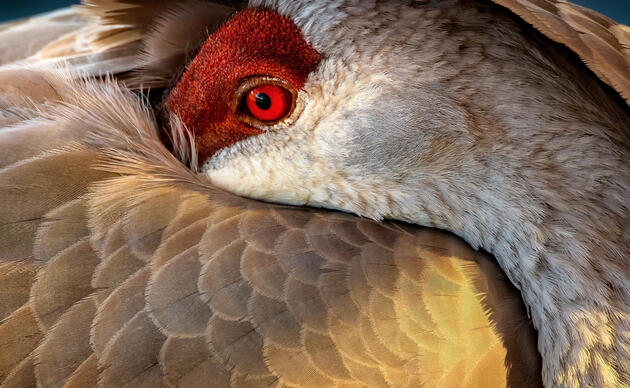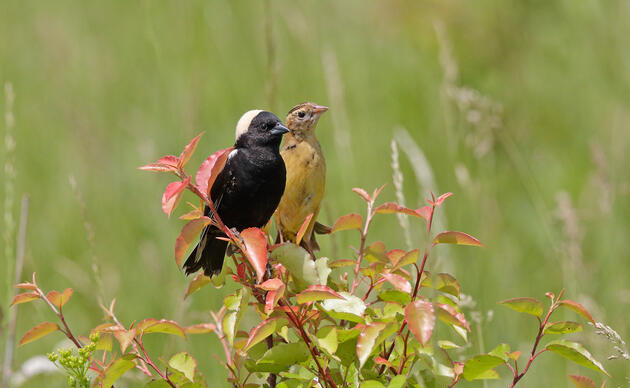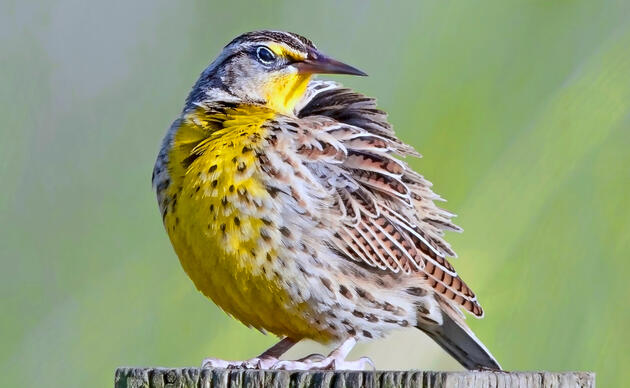When we moved to the ranch at 11700 SW 100th Street, the house had one dial-up internet connection.
Those of the internet age will not remember, but this meant that only one computer could be on the internet at a time. When you were done with your email – which always took longer than it should have – we shouted “Next!” for another coworker to log in and take their turn. Efficient it wasn’t, but we made it work.
1999 seems like a long, long time ago. We felt so fortunate to be able to set up an office in a decades-old farmhouse and work while overseeing a beautiful landscape. We also knew it would not be without its challenges.
The property needed a lot of restoration management to support the bird and wildlife we knew it could. We removed dozens of honey locust and elm trees along Spring Creek and around the pond. Keeping woody invasives back is a constant battle, just as it is for ranchers in the Sand Hills. Musk thistles are another problem, but over the years, through the hard work of staff and many volunteers – who just love to release their anger and frustration on these noxious weeds – the huge swaths of musk thistles have been whittled down to manageable levels.
Sadly, seasons of rebirth have been hampered by seasons of loss. Up until recently, Greater Prairie-Chickens could be heard calling from grasslands nearby and found on a booming ground in the early spring. Small groups of them could be observed in the fall. But we haven’t seen or heard chickens here for a number of years. There seems to be too much development around the area to support this species, which needs thousands of continuous acres of prairie to support a population.
As the property has been restored and grown, our work shows signs of success. Bobolinks, grasshopper sparrows, dickcissels, field sparrows, willow flycatchers, Bell’s vireos, to name some, are thriving according to our summer bird surveys.
We are experiencing a dramatic growth spurt this year: 310 acres of tallgrass prairie and woodlands. This land links us to the Prairie Corridor and city of Lincoln trails, more than 10 miles of open walking trails, public parks, and continuous habitat for native grassland wildlife. In the next 25 years, we will continue to grow and restore.




